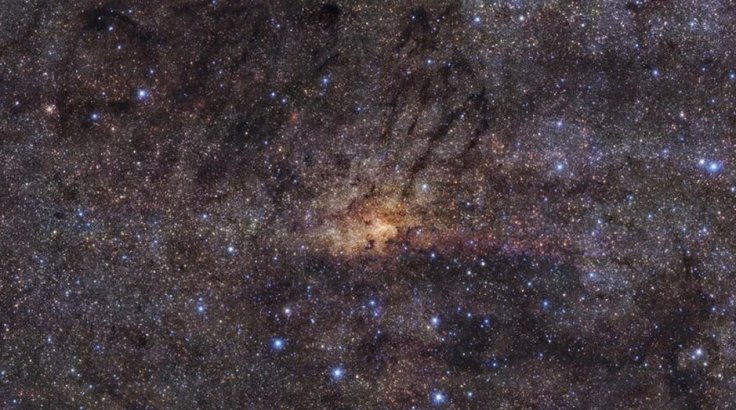
A new study conducted by a team of astronomers has found that there is a giant wall across the southern border of the local cosmos. Scientists discovered this galactic wall that stretches 1.4 billion light-years across using the 3D map of the universe.
The Mysteries Surrounding South Pole Wall
This galactic structure is known as the South Pole wall, and it has been hiding from plain sight until now, as a major portion of it is located half a billion light-years away behind the Milky Way galaxy.
The study report, which is available now in the Astrophysical Journal, revealed that these new discoveries will help humans determine where we are in the universe, and will also help fix our neighborhood among trillions of galaxies in the cosmos.
"The surprise for us is that this structure is as big as the Sloan Great Wall and twice as close, and remained unnoticed, being hidden in an obscured sector of the southern sky," said Daniel Pomarède of Paris-Saclay University who led the study, New York Times reports.
Interestingly, the galaxies located within this galactic wall could not be seen, but Pomarède and his team assured the presence of cosmic entities by observing their gravitational effects by assembling data obtained by various telescopes installed in different parts of the world.
Thousands of Black Holes in Center of Milky Way
A few weeks back, another study that used the data from NASA's Chandra Chandra X-ray observatory had found the evidence of thousands of black holes near the center of the Milky Way. Scientists who took part in this study revealed that this black hole swarm consists of several stellar-mass black holes that weigh between five to 30 times the mass of the sun in the solar system. Researchers also noted that Chandra X-ray data sheds light on X-ray binaries, which are basically black holes or neutron stars.









